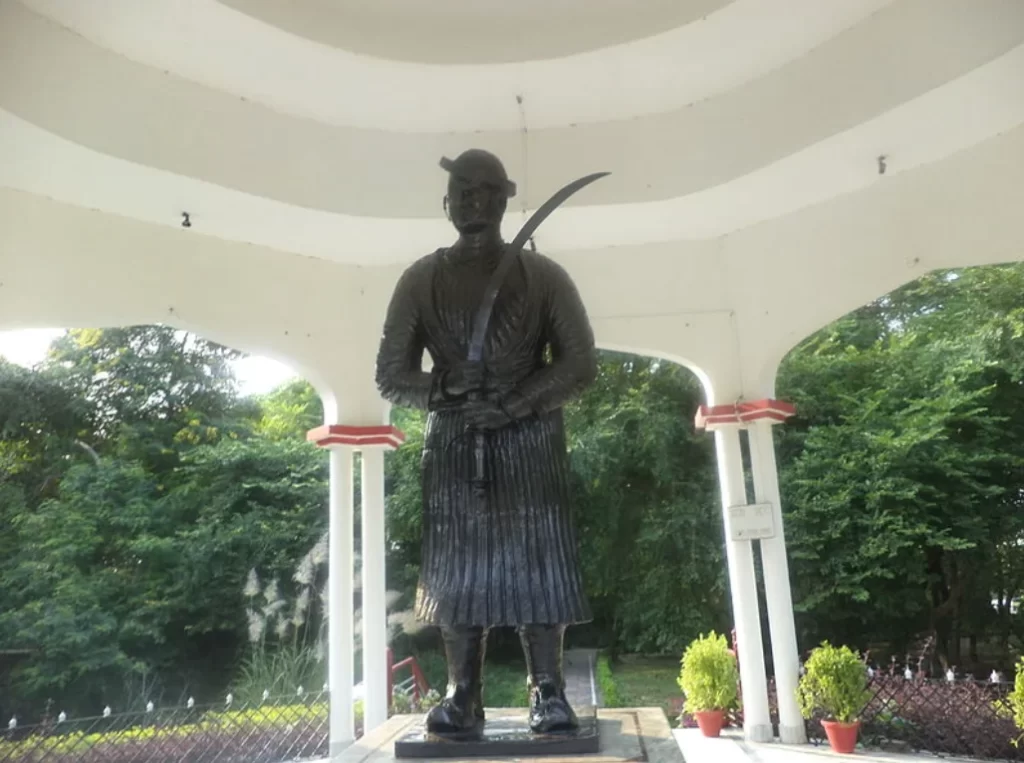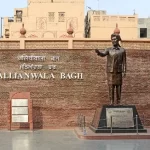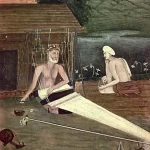Legends and Origins of Bithoor
Bithoor, a tiny town in Uttar Pradesh near Kanpur on the banks of the Ganga, holds historical and religious significance. Old Hindu scriptures reference this place. According to legend, when Lord Vishnu constructed the cosmos, Lord Brahma moved into Bithoor.
The naming of Bithoor resulted from a number of modifications. People believe Brahma performed the Ashwamedha Yajna in the Utpalaranya forest.
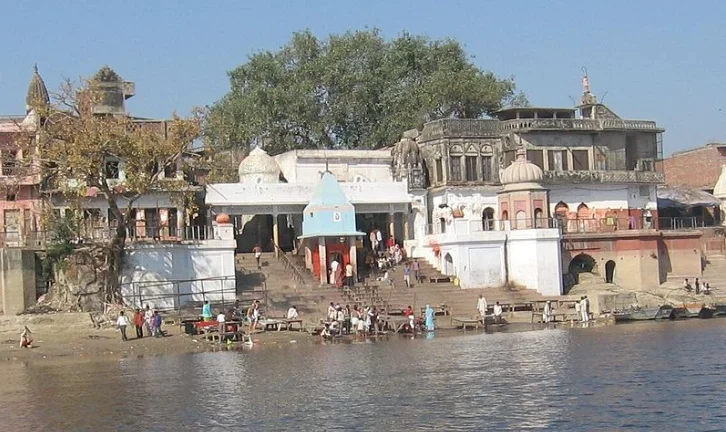
The discovery of a preserved horse nail at the site supports an old narrative about the location of the Yajna.
The temple, one of the few in India dedicated to Lord Brahma, also houses a Shivaling called Brahmeshwar Mahadeva, which Brahma is said to have created.
After the yajna was completed, the same woodland was named Brahmavart Ghat (the seat of Brahma), and the villagers began referring to it as Bithoor. Additionally, people believe Manu and Shatarupa, the first humans, were formed in the Brahmavart Ghat.
Legends and Sacred Sites of Bithoor
During Emperor Uttanpad’s rule, Bithoor prospered. His son, Prince Dhruva, became a great follower of Lord Brahma and a saint. Dhruva reportedly meditated on one foot to please Lord Brahma.
Delighted by his devotion and commitment, Lord Brahma appeared before him and bestowed upon him the blessing of immortality, turning Dhruva into a bright star in the galaxy.
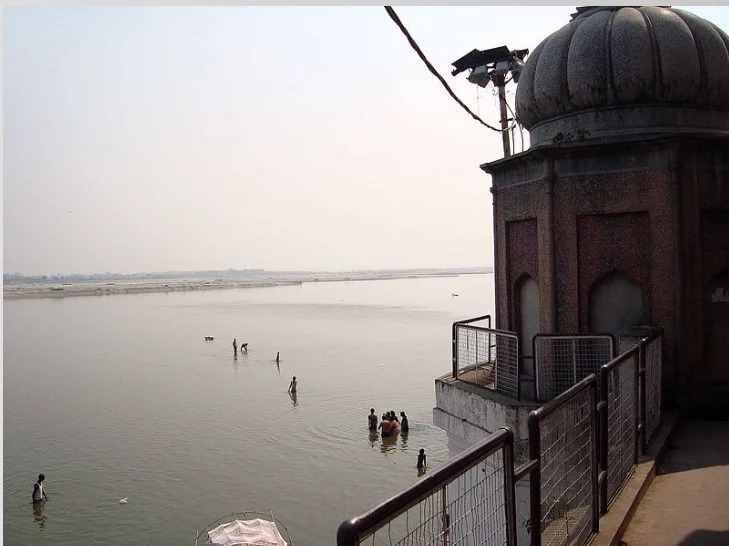
People call him Dhruva Taara, the star. Dhruva Teela, also known as Dhruva’s Hill, continues to stand in Bithoor as proof of the penance that Dhruva carried out.
Because of its connection to the ancient book of Ramayana, people regard Bithoor as a significant holy site. This town hosts the Valmiki Ashram.
According to tradition, the sage Valmiki wrote the Ramayana at this ashram. During her banishment, Goddess Sita found sanctuary in Valmiki Ashram and gave birth to Luv and Kush there.
The Valmiki Ashram includes a location called Luv-Kush Janmsthal, where Valmiki reportedly taught Luv and Kush.
Historical and Religious Significance
The ashram features Sita Rasoi, which people believe was Goddess Sita’s kitchen during her banishment. Another significant spot is Sita Patal Pravesh, where she decided to connect with Mother Earth.
Additionally, tradition holds that Lord Hanuman resided in Valmiki Ashram while searching for Luv, Kush, and Goddess Sita. Consequently, Valmiki Ashram holds great religious importance.
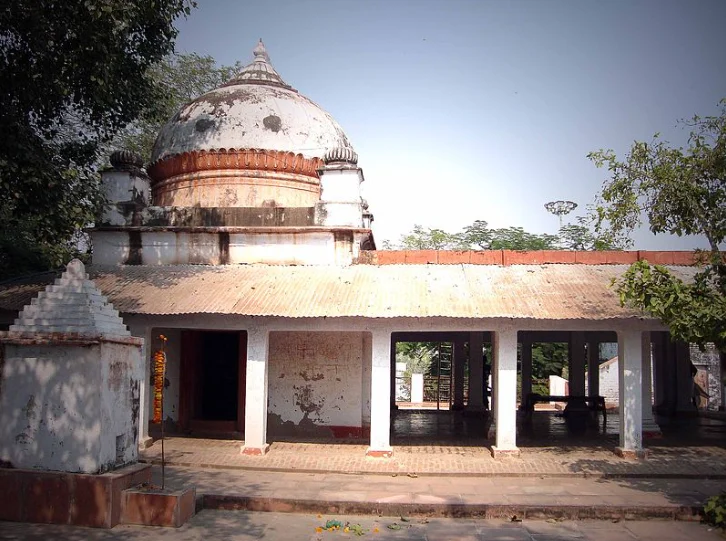
Maharaja Tikait Rai Bahadur, Diwan of Awadh, constructed a red stone bathing house at Patthar Ghat in Bithoor in the eighteenth century. This historic building, located on the banks of the Ganga, houses a temple dedicated to Lord Shiva, where artisans used the Kasauti Stone to create the Shivaling.
During the British Raj, the United Provinces’ Cawnpore (now Kanpur) district included Bithoor. Bithoor played a major role in the First War of Independence in 1857.
Rani Laxmi Bai, a liberation warrior, spent her early years in Bithoor. People believe the Battle of Cawnpore (5 June – 25 June 1857) began in Bithoor, near the Bithoor Fort grounds.
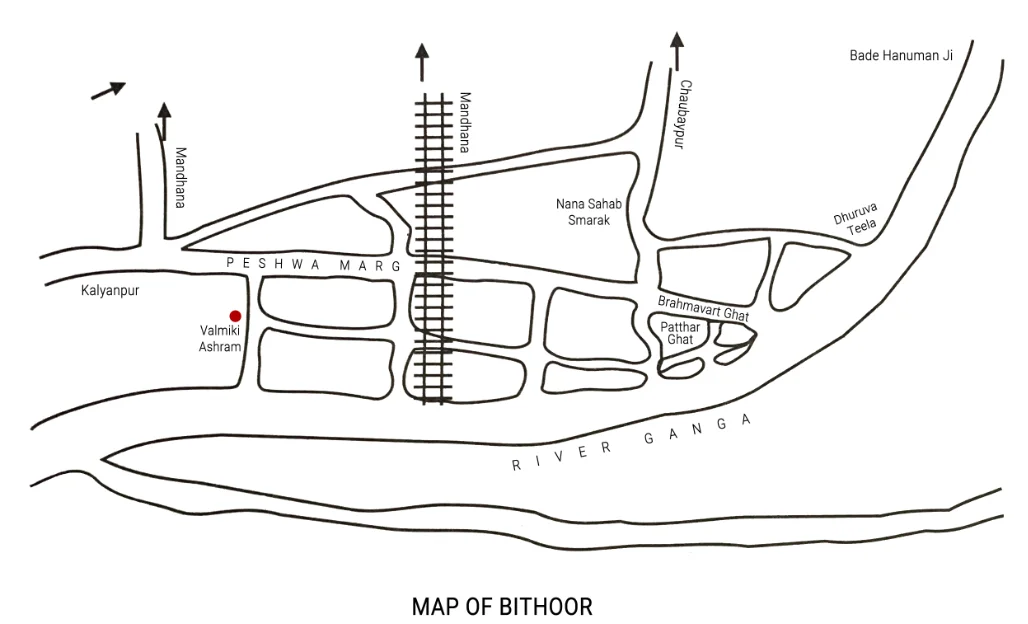
The Siege of Bithoor
After the British deported Nana Saheb, the adopted son of Maratha Peshwa Baji Rao II, he made Bithoor the center of operations for organizing the battle against the British.
Leading liberation warriors, including Tatya Tope, Nana Saheb, Ram Chandra Pandurang, and Rani Laxmi Bai, initiated the uprising against the British in Bithoor. During the Siege of Cawnpore, Nana Saheb’s forces killed nearly 300 British soldiers, women, and children.
On July 19, 1857, General Havelock seized Bithoor. British officers set fire to the Bithoor Fort, ghats, and temples, resulting in the death of Mainawati,
Nana Saheb’s 14-year-old daughter, who was charred in the process. In Kanpur, the State Government renamed a road Mainawati Marg in her honor.
The British slaughtered around 25,000 city men, women, and children to instill fear, and their remains were found hanging from the town’s trees.
Many people remember Bithoor as a place where the British brutally executed those who rose up against their dominion. Now, only ruins remain of the Bithoor Fort.
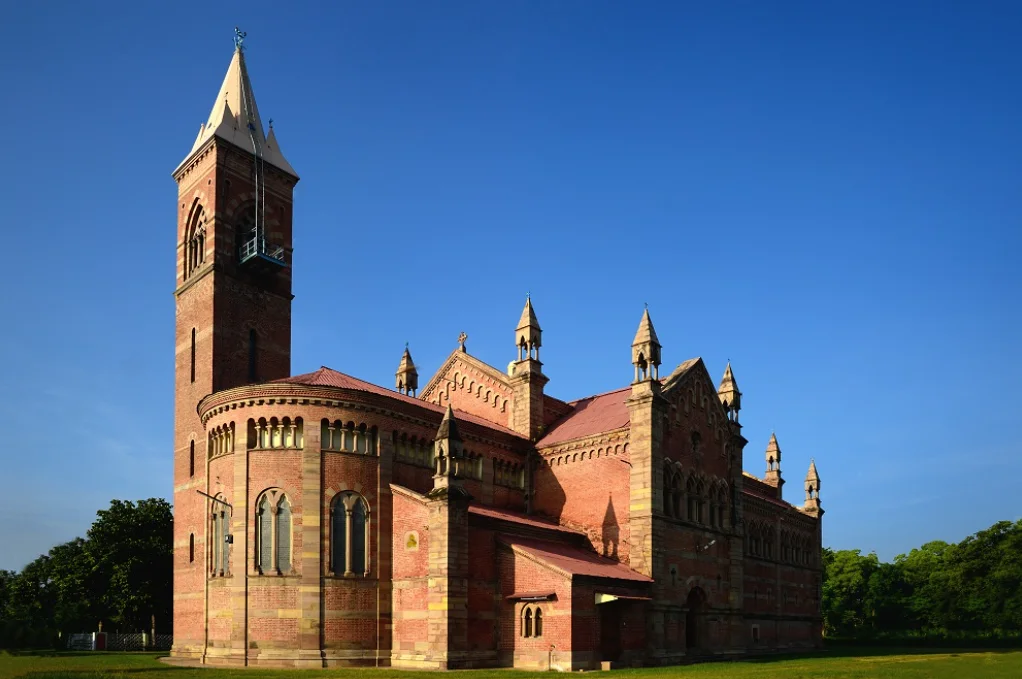
Commemorating Bithoor’s Historical Valor
Constructed in 1875, All Souls’ Church is located 25 kilometers from it and serves as a memorial to British officers who lost their lives during the Siege of Cawnpore.
Additionally, the church grounds feature a Memorial Well dedicated to the British women and children who died in the Battle of Bithoor.
The state government recently constructed Nana Saheb Smarak Memorial Park, featuring a museum and gallery showcasing artifacts from the colonial era such as coins, stamps, royal orders, and other antiquities.
The park also includes statues of Tatya Tope, Nana Saheb, Rani Laxmi Bai, and other freedom warriors who led the Siege of Cawnpore. Ancient banyan trees, believed to have been used for hanging people after the siege, stand as a reminder of Bithoor’s resistance against the British.
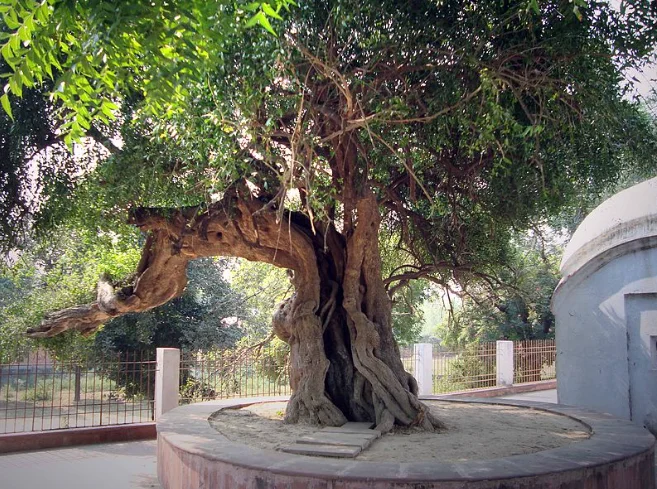
Preserving Maratha Heritage
According to tradition, Nana Saheb is believed to have thrown his diamonds into a well at Nana Saheb Smarak before renouncing his titles and departing for Nepal. The location of the diamonds remains a mystery.
In Bithoor and its surrounding territories, descendants of the Maratha Peshwas (including Nana Saheb and his generals) still reside. People with surnames like Tope, Moghe, Taknikar, Sapre, Hardekar, Sehajwalkar, Athwalle, and Pinge live here as part of the Maratha community.
Since 1947, every Independence Day, these descendants have raised the tricolor at the location where Nana Saheb once discussed policy with his generals.
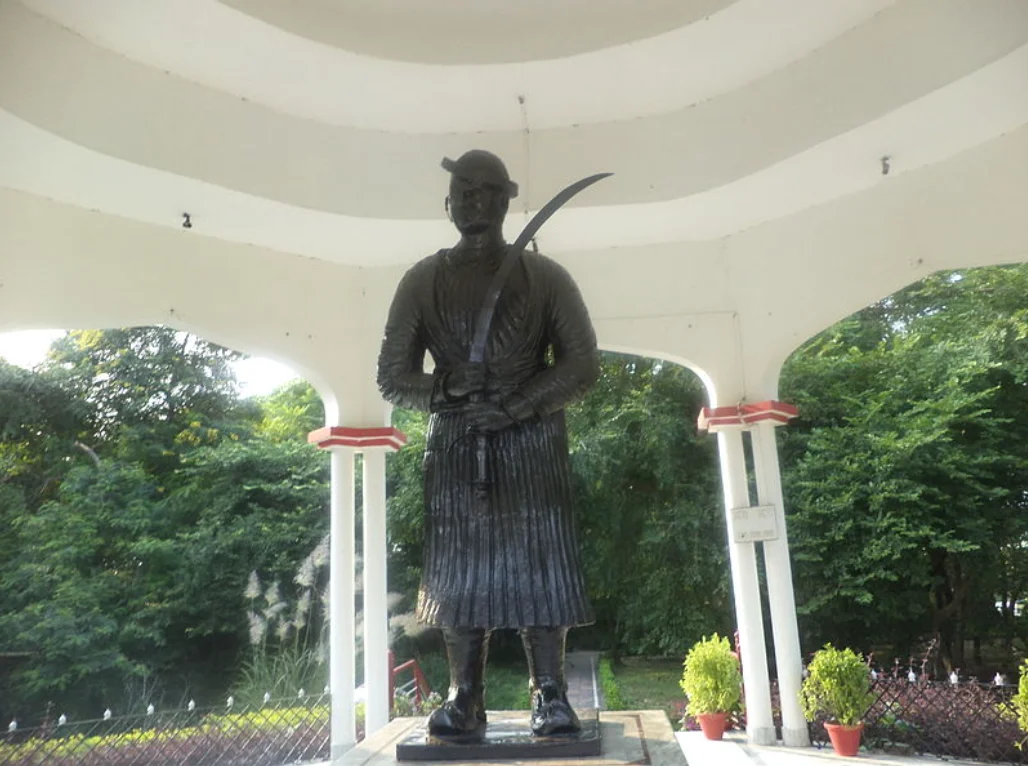
Bithoor commemorates significant events from India’s historical epochs, serving as a testament to the hardships, memories, and experiences of individuals across medieval, modern, and ancient India.
ALSO READ: Bali Yatra | भारतीय व्यापारिक जलयात्रा का महोत्सव
